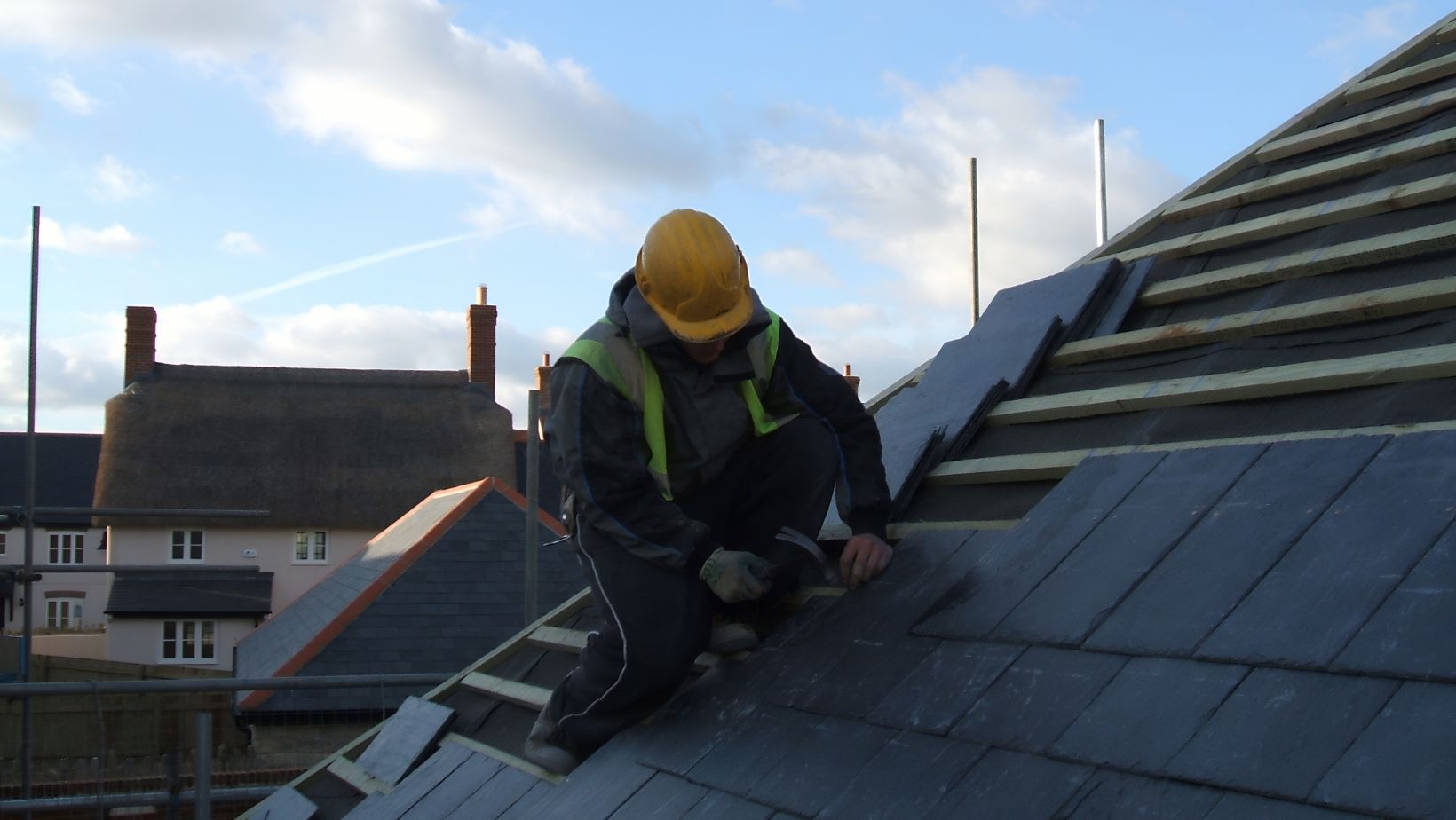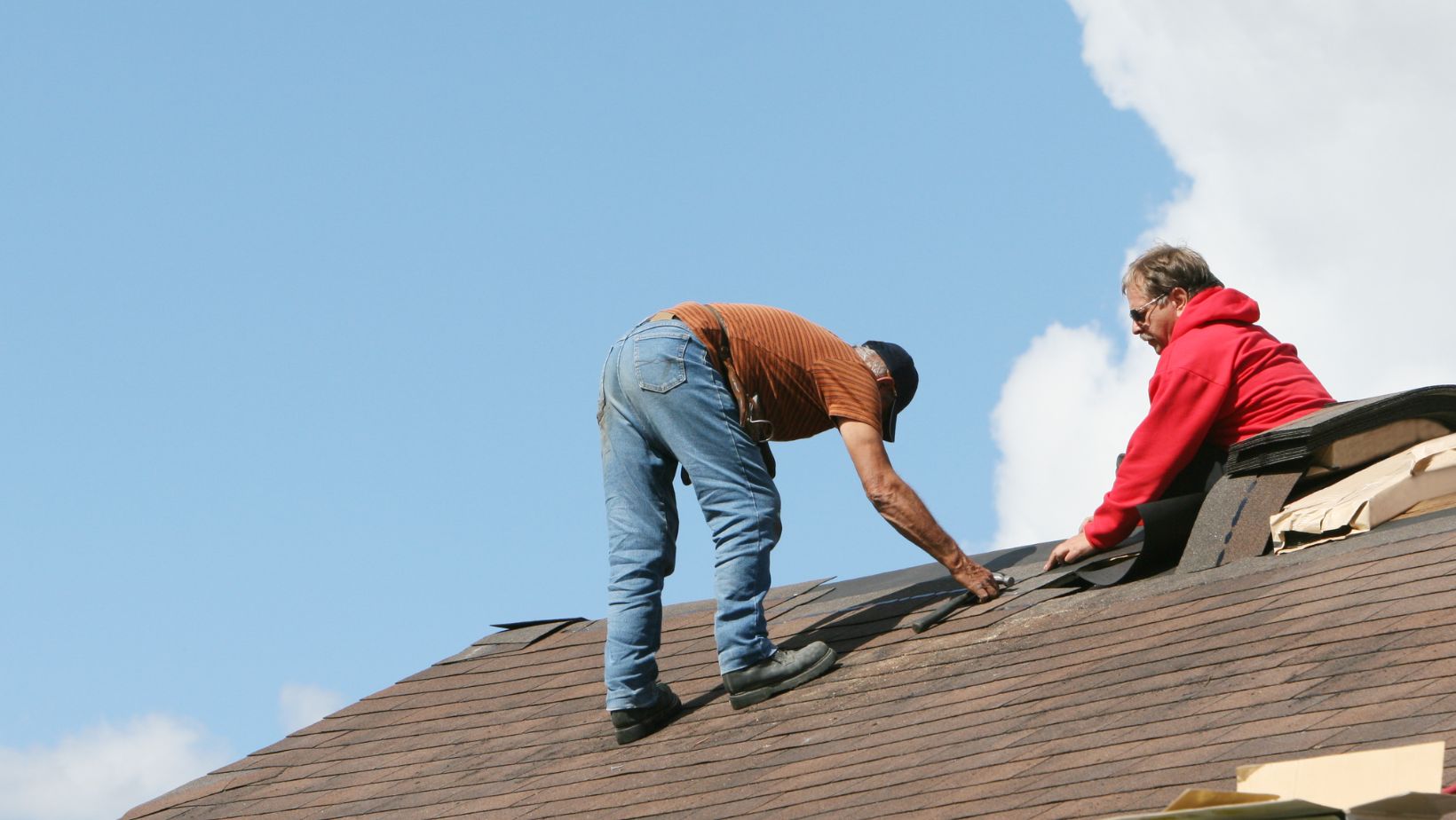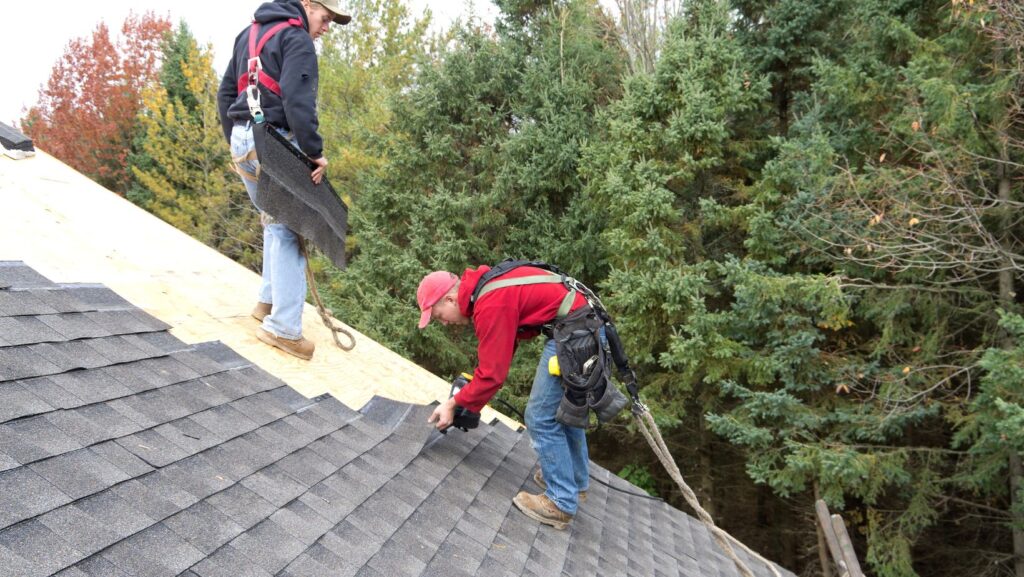When replacing your roof, one of the most significant decisions you’ll make is what material to use; asphalt shingles, metal panels, and tile roofing all have benefits and drawbacks, and choosing the right one isn’t always straightforward. We will explore how roofers guide homeowners through this process by evaluating climate, home structure, budget, and long-term goals. What looks great on one house might not suit another, especially considering regional weather, building codes, and energy needs. The goal isn’t just to choose the most attractive option but to find the right fit for your home’s function and lifestyle. With the various materials available today, roofers take time to explain how each performs under different conditions and what kind of maintenance you can expect. Their role becomes part consultant, part craftsman, helping homeowners make decisions with clarity and confidence.
Weighing Options for a Roof That Lasts
-
Understanding Asphalt Shingles: Affordability and Familiarity
Asphalt shingles are the most commonly used roofing material in residential construction, known for their relatively low cost and ease of installation. When a homeowner is considering roofing options, roofers will often begin by explaining how asphalt works as a starting point. These shingles comprise a fiberglass mat coated in asphalt and topped with ceramic granules that help deflect UV rays.

They come in various colors and styles, making them versatile for different architectural styles. Roofers often recommend asphalt for homeowners looking for a straightforward installation process and a reliable product that performs reasonably well in most climates. They also explain that while asphalt is not the longest-lasting material, it offers a great return in the short term and is easier to repair or replace if damage occurs. A roofer will evaluate factors such as slope, roof ventilation, and sun exposure to determine if asphalt will hold up effectively or if a more durable material might better fit your situation. This option makes sense for many suburban homes or those on a tighter renovation budget who still want a clean and cohesive look.
-
The Practical Appeal of Metal Roofs in Varied Climates
Metal roofing continues to be popular, especially in areas prone to extreme weather like heavy snowfall, high winds, or scorching heat. Roofers often introduce metal to homeowners looking for something durable with strong energy efficiency. Metal reflects sunlight, which helps keep homes cooler in hot climates, and it sheds snow quickly in colder regions, reducing stress on the roof structure. The material is fire-resistant, lightweight, and recyclable, appealing to homeowners concerned with sustainability. However, not all metal roofing is the same—options range from corrugated panels to standing seam systems, each with different profiles and fastening methods. Roofers will walk you through these variations, pointing out how each type might perform on your specific roof pitch or with your existing support structures. One crucial consideration they highlight is noise—some homeowners are concerned about sound during heavy rain, but roofers can suggest underlayment systems that reduce the issue significantly. For those looking at the long-term picture, roofers also outline the longevity of metal roofing, which can often last twice as long as asphalt. In regions where wind and hail are frequent threats, metal may offer the peace of mind homeowners are looking for.
-
Tile Roofs and Structural Considerations for Heavier Materials
Clay and concrete tile roofs are prized for their appearance and their longevity. They are common in warm, dry climates and pair well with Mediterranean and Spanish-style homes. However, tile is significantly heavier than other materials, so roofers take a different approach when introducing this option. The first step is to assess whether the home’s structure can support the weight of the tile without needing reinforcement. If the framing and trusses are not designed for such loads, upgrades may be necessary before installation. Roofers also explain that while tile is more expensive upfront, it can last fifty years or more when appropriately maintained. These tiles offer natural insulation and are highly resistant to fire and pests.

Homeowners working with experienced teams like Texas Roof Guys often receive guidance on the installation process and how local climate and building codes impact tile roofing performance. Roofers ensure you also understand maintenance—tile roofs can crack under foot traffic or during severe hail, so periodic inspections are essential to spot and replace individual tiles before damage spreads. If a homeowner is committed to the look and longevity of tile, roofers ensure every detail is covered, from structural needs to regional fit.
-
Matching Roofing Choices to Your Home’s Style and Needs
Once the materials are explained, roofers help connect the dots between the roofing function and the home’s overall style. They’ll discuss how color, texture, and shape affect curb appeal and property value. For instance, architectural asphalt shingles can mimic the look of slate or wood shakes for a more upscale appearance at a lower cost. Metal roofs can be sleek, modern, or rustic, depending on the finish. Tile brings a timeless appeal but only works with certain types of architecture. Roofers help avoid mismatched aesthetics that might clash with your siding or windows. They also weigh long-term considerations, such as resale value and local trends in home design. In neighborhoods where most homes use a particular material, roofers might suggest following that lead for consistency. At the same time, they’re open to bold choices that can help a home stand out when done correctly. Ultimately, it’s not just about what performs—it’s also about what fits your vision for the property.
Deciding between asphalt, metal, and tile roofing is more than a matter of preference—it balances structure, style, climate, and budget. With so many variables at play, roofers play a key role in guiding homeowners to a material that will perform well and match the look and feel of the home. Considering both technical factors and aesthetic goals, they bring clarity to a decision that often feels overwhelming. Homeowners benefit from their knowledge of installation techniques, weather adaptation, and long-term care, helping them invest in a roof that suits their present needs and plans. Whether you’re replacing a worn-out roof or choosing materials for a new build, understanding the pros and limitations of each option helps ensure you’ll be satisfied not just on day one but for years to come. When trusted guidance meets practical solutions, a roof becomes more than just shelter—it becomes part of the home’s lasting value.
